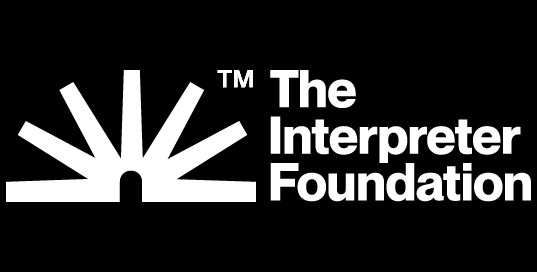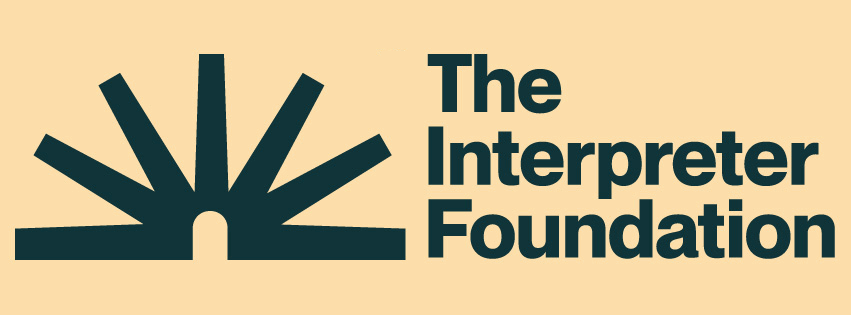Come, Follow Me Doctrine and Covenants
Doctrine and Covenants 3–5

During his first few years as the Lord’s prophet, Joseph Smith didn’t yet know everything about the “marvelous work” he had been called to do. But one thing his early experiences taught him was that to do God’s work, his eye must be “single to the glory of God” (Doctrine and Covenants 4:1, 5). For example, if the Lord counseled him to do something he wasn’t sure he wanted to do, he needed to follow the Lord’s counsel. And even if he had “many revelations, and … power to do many mighty works,” if he felt that what he wanted was more important than God’s will, he “must fall” (Doctrine and Covenants 3:4). But Joseph learned something else just as important about doing God’s work: “God is merciful,” and if Joseph sincerely repented, he was “still chosen” (verse 10). God’s work is, after all, a work of redemption. And that work “cannot be frustrated” (verse 1).
D&C 3: Revelation given to Joseph Smith the Prophet, at Harmony, Pennsylvania, July 1828, relating to the loss of 116 pages of manuscript translated from the first part of the Book of Mormon, which was called the book of Lehi. The Prophet had reluctantly allowed these pages to pass from his custody to that of Martin Harris, who had served for a brief period as scribe in the translation of the Book of Mormon. The revelation was given through the Urim and Thummim. (See section 10.)
D&C 4: Revelation given through Joseph Smith the Prophet to his father, Joseph Smith Sr., at Harmony, Pennsylvania, February 1829.
D&C 5: Revelation given through Joseph Smith the Prophet, at Harmony, Pennsylvania, March 1829, at the request of Martin Harris.
- Study and Teaching Helps: 2025 Doctrine & Covenants, Jonn Claybaugh
- Interpreter Radio Show — January 5, 2025, including Doctrine & Covenants in Context
- Come, Follow Me Study and Teaching Helps — Lesson 4: D&C 3–5 (2021), Jonn Claybaugh
- Audio Roundtable: Come, Follow Me Doctrine and Covenants Lesson 4 (D&C 3–5) (2021)
- Scripture Roundtable: D&C Gospel Doctrine Lesson 11, "The Field Is White Already to Harvest", Administration, March 11, 2017
- Scripture Roundtable: D&C Gospel Doctrine Lesson 35, "A Mission of Saving", Administration, August 2, 2017
- Scripture Roundtable: D&C Gospel Doctrine Lesson 4, "Remember the New Covenant, Even the Book of Mormon", Administration, January 24, 2017
- Faith, Hope, and Charity: The “Three Principal Rounds” of the Ladder of Heavenly Ascent, Jeffrey M. Bradshaw, September 7, 2020
- Mormonism and the Scientific Persistence of Circles: Aristotle, Spacetime, and One Eternal Round, Elizabeth Nielson, April 15, 2016


